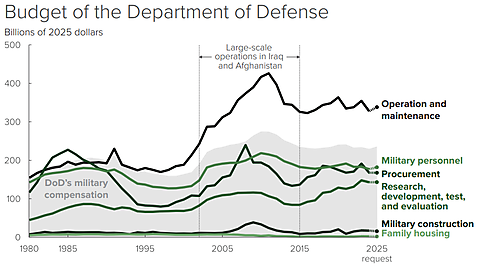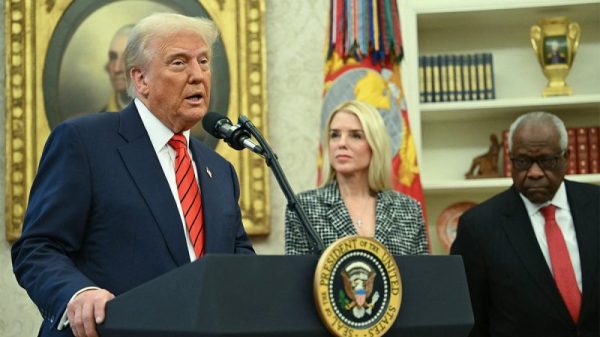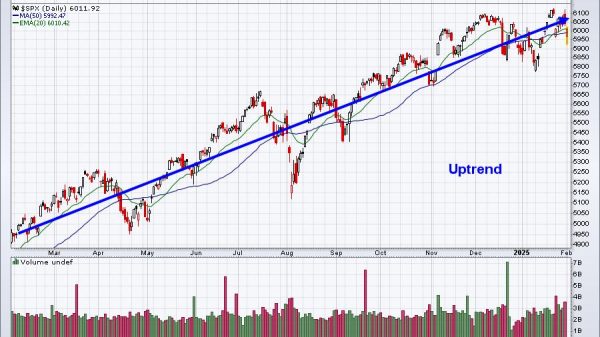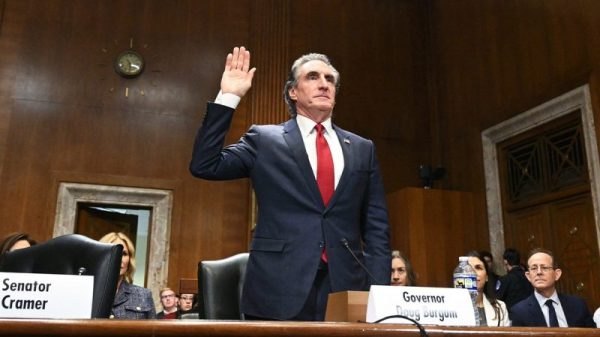Since at least Aristotle, new technologies have raised fears of major job losses as businesses substitute machines for people. The industrial revolution led to the Luddite movement in early 19th-century England; 100 years later, Ford’s assembly line sparked fears that skilled artisans would no longer be needed.
A priori, the net impact of “labor-saving” technologies is ambiguous. In some cases, firms will substitute machines or software for people, but this substitution might have a minimal impact on employment. By making products cheaper, the use of cheap machinery might lower costs and therefore price, implying increased production and employment.
After the introduction of the assembly line in Ford’s car factories, the cost of a Model T fell from $850 to $260. As the number of car owners grew, dealerships, service stations, garages, and repair shops expanded employment. In other cases, improved technology creates a demand for tasks that only people can perform well. For example, the advent of computers created the need for software engineers, UX designers, and cybersecurity specialists.
Overall, history pushes back against worst-case fears; technology has expanded dramatically (the wheel, locomotives, cars, computers, AI), yet unemployment rates show no secular increase.
Recent research provides a useful illustration that technology fears are probably misplaced:
“Worker shortages are especially salient in elderly care. In many countries, nursing homes experience persistent staff shortages and high levels of turnover while the elderly population and demand for caregiving grow. Robots have become increasingly common in service organizations, but they often prompt concerns about job replacement. Our research studies the effects of robots on labor and service quality in Japanese nursing homes and finds that robot adoption was positively associated with the number of caregivers and nurses. Additionally, certain robots were positively associated with the number of residents receiving care, nursing home revenue, and the length of a facility’s waitlist. Furthermore, the use of restraints and cases of bed sores decreased with robot adoption.”
Thus, while technological advancements may shift the nature of work, historical and empirical evidence suggests they often complement human labor rather than cause widespread unemployment.
This article appeared on Substack on February 4, 2025. Jonah Karafiol, a student at Harvard College, co-wrote this post.
























